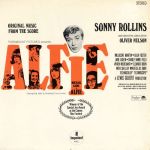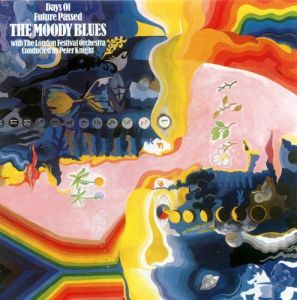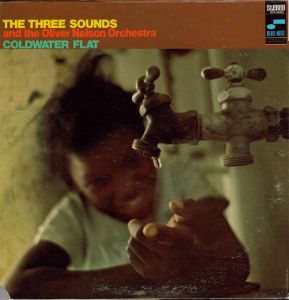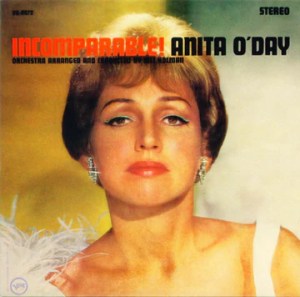
More of the Music of Sonny Rollins
More Music and Arrangements by Oliver Nelson
More Recordings by Rudy Van Gelder
A triumph for Rudy Van Gelder, a Top Impulse title, and as much a showcase for Oliver Nelson as it is for Sonny Rollins.
This album is on the TAS Superdisc list, which is probably what first alerted me to it. I know I was listening to this album 25 years ago, just from the memory of hearing it in the condo I used to live in. It sounded great back then and it sounds even better now! You will have a hard time finding a better Sonny Rollins record, sonically or musically. It may just be my personal favorite of all his work.
Great players of course. Kenny Burrell is wonderful as always. Interestingly I never realized that Roger Kellaway is the pianist on these sessions. I saw him live years ago with Benny Carter (who was 90 at the time) and he put on one of the most amazing performances at the piano I have ever seen. For some reason he was never able to make it as a recording artist, but the guy is a genius at the keyboard.
Of course any orchestration by Oliver Nelson is going to be top flight and this is no exception. Two of his records are Must Owns in my book: Jimmy Smith’s Bashin’ and his own The Blues and the Abstract Truth. No jazz collection without them can be taken seriously.
For audiophiles who are looking for one of the best sounding jazz recordings ever made, this is it. (more…)




 Shockingly real – proof positive that the cutting systems of the day are capable of much better sound than many might think.
Shockingly real – proof positive that the cutting systems of the day are capable of much better sound than many might think. 



